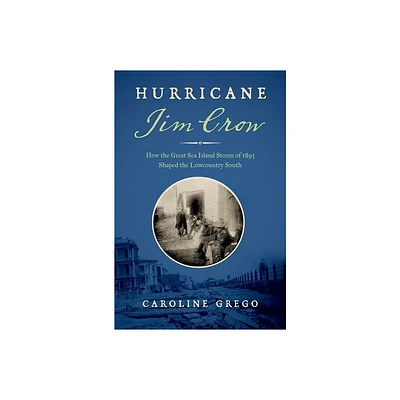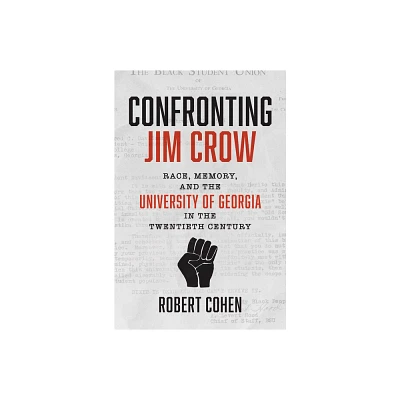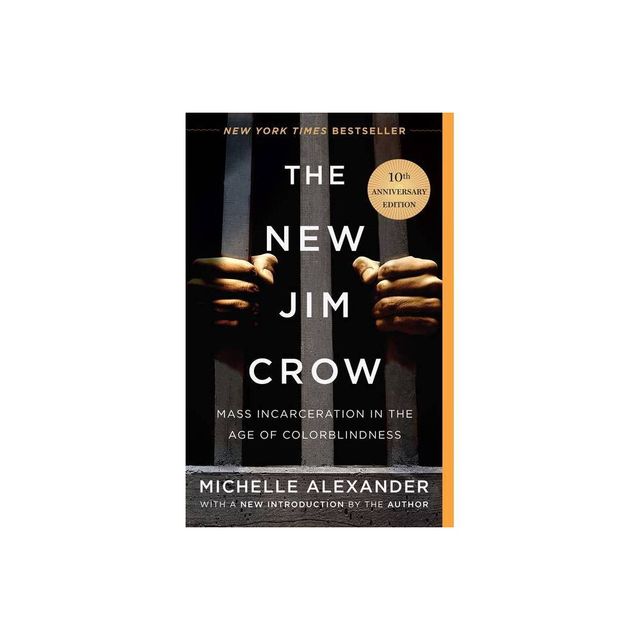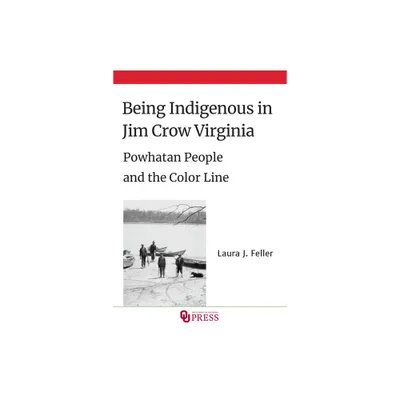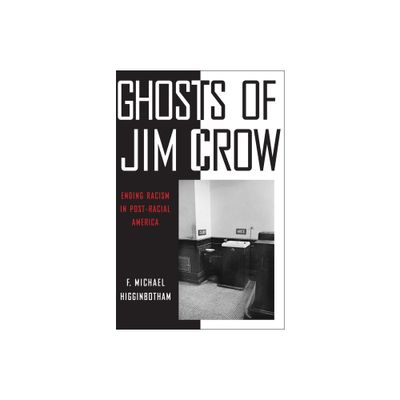Home
Living Jim Crow: The Segregated Town Mid-Century Southern Fiction
Loading Inventory...
Barnes and Noble
Living Jim Crow: The Segregated Town Mid-Century Southern Fiction
Current price: $120.00


Barnes and Noble
Living Jim Crow: The Segregated Town Mid-Century Southern Fiction
Current price: $120.00
Loading Inventory...
Size: Hardcover
*Product Information may vary - to confirm product availability, pricing, and additional information please contact Barnes and Noble
Explores how novelists of the mid-century US South invented small towns to aesthetically undermine racial segregation
Investigates the role of writing in the civil right movementExplores neglected writersUncovers new readings of canonical textsModels a new form of critical reading based on close textual analysisInterrogates the relationship between literary production and social protestAnalysing the ubiquity of the small town in fiction of the mid-century US South,
Living Jim Crow
is the first extended scholarly study to explore how authors mobilised this setting as a tool for racial resistance. With innovative close readings of Zora Neale Hurston, Richard Wright, Lillian Smith, Byron Herbert Reece, Carson McCullers, William Faulkner and William Melvin Kelley, the book traces the relationship between activism and aesthetics during the long civil rights movement. Lennon reframes a narrative of southern literature during the period as one as one characterised by an aesthetics of protest, identifying a new mode of reading racial resistance and the US South.
Investigates the role of writing in the civil right movementExplores neglected writersUncovers new readings of canonical textsModels a new form of critical reading based on close textual analysisInterrogates the relationship between literary production and social protestAnalysing the ubiquity of the small town in fiction of the mid-century US South,
Living Jim Crow
is the first extended scholarly study to explore how authors mobilised this setting as a tool for racial resistance. With innovative close readings of Zora Neale Hurston, Richard Wright, Lillian Smith, Byron Herbert Reece, Carson McCullers, William Faulkner and William Melvin Kelley, the book traces the relationship between activism and aesthetics during the long civil rights movement. Lennon reframes a narrative of southern literature during the period as one as one characterised by an aesthetics of protest, identifying a new mode of reading racial resistance and the US South.



